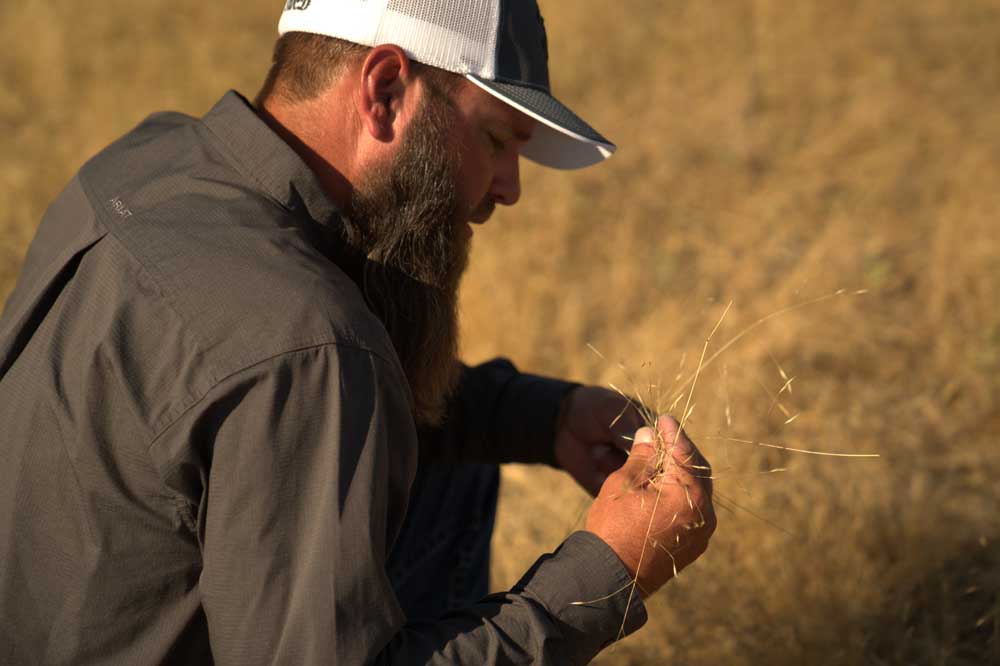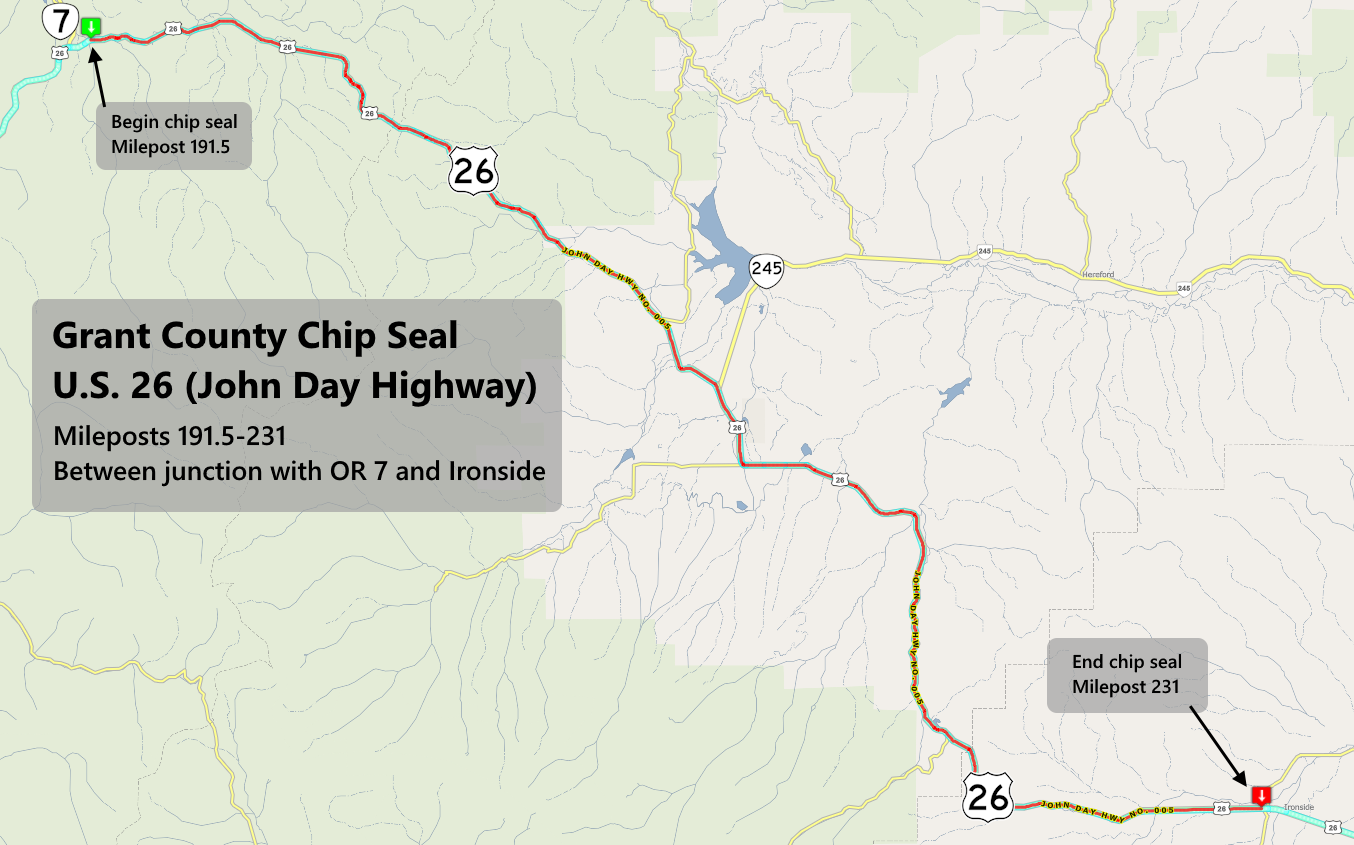Waging war on weeds: Grant Soil and Water Conservation District can help you win the battle
Published 6:15 am Saturday, May 27, 2023

- Matt Wenick, noxious weed control coordinator for the Grant Soil and Water Conservation District, helps property owners get rid of invasive weeds in the county.
The war on weeds in Grant County is going strong, thanks to the efforts of the Grant Soil and Water Conservation District, which helps homeowners and ranchers alike with information they need to effectively destroy the pesky green invaders.
Among the throngs of warriors at battle in the alfalfa fields, pastures and gardens of Grant County is Berry Creek Ranch owner Gordon Larson. Larson, who tends his ranch just south of Canyon City, is busy making sure to thoroughly attack the invasive weeds popping up in his alfalfa crop with herbicides recommended by the SWCD.
The usual suspects in this region include cheatgrass, whitetop, Mediterranean sage, foxtail and the dreaded medusahead rye.
“They’ll help you identify, first of all, the species that you have, and they’ll help you develop a plan to eradicate it by saying how thick is it in your field, how much of it you have, and how big is the problem,” Larson said. “So they scope it and then they help you identify the herbicides that are best applied to deal with it.”
Larson said the Grant SWCD is “exceptional” at helping local ranchers like himself deal with the annual weed infestations.
“You won’t find a more dedicated group of people who will help you combat these things and provide expert help in the field of weeds,” he said. “Those folks are really dedicated to helping us landowners, from both a commercial operation (side) where I’m growing a little hay, all the way down to the home gardener.”
The district, Larson said, will help tailor the approach to dealing with specific weed issues with the most appropriate herbicide to use.
“If you go down to the Soil and Water Conservation District, they might tell you that 2,4-D is ineffective against this and you may have to go to those more expensive herbicides, such as Telar, Escort or some of the new things we’re doing, like Rejuvra, which we’re spraying for one of our biggest, I guess our nemesis, which is medusahead rye,” he said.
“They all have these exotic names, but in the big scheme of things, they’re all just an invasive species that outcompete native species and really don’t provide any value to our land. Actually, they diminish the value,” he said.
Kyle Sullivan, Grant SWCD district manager, said residents and ranchers can come to the district office at 721 S. Canyon Blvd. in John Day to get advice on proper herbicides for their specific situation, as well as a plan of attack. Sullivan said the district can give you a list of herbicide spray companies that can also help, should people choose not to go it alone.
“We have a noxious weed (control coordinator), Matt Wenick,” Sullivan said. “Certain weeds are more challenging to control. That’s why there’s a broad spectrum of recommendations Matt can give.”
Wenick said he’ll meet with residents and ranchers, visit weed infestations on properties, recommend the best herbicide to use and develop a plan of attack.
“This is the best herbicide (for the case), here’s the rate you need to put it down,” Wenick said. “We can give a private landowner a weed management plan, with what they need to do to manage their weeds and the best timing for the best herbicides. … I have many residents in town ask me, ‘Hey, what’s this? I see this growing in the lot next to me.’”
For more information about weed removal from the Grant Soil and Water Conservation District, visit https://www.grantswcd.net/, stop by the office at 721 S. Canyon Blvd., or call 541-575-0135.
- Spray in low wind conditions
- Spray ahead of a rain event
- Avoid hot days as herbicides are volatile and may transfer as vapor to a neighbor’s plants
- Use a blue dye with the herbicide to prevent spraying unwanted areas and avoid respraying treated areas






